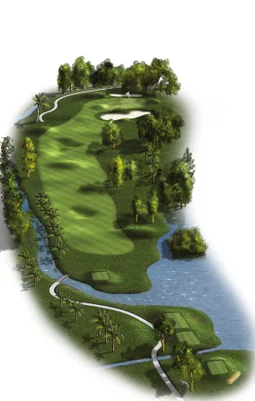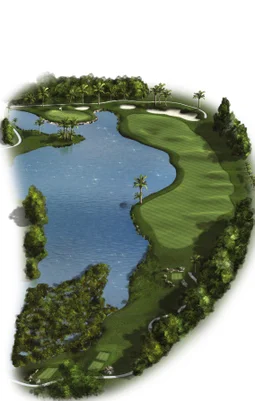Parcours de golf de Lémurie
Since: October 2000
DNA: Par 70 covering 5,611 m
Beautifully designed by Marc Antoine Farry and Rodney Wright; Lemuria Golf Course saw the light in 2000.
With stunning terraced greens including the jaw-dropping 15th hole, golfers are in for a beautiful challenge
Lemuria Golf Course is still Seychelles' unique 18 hole golf course
Green fee is complimentary
Use of golf buggy is chargeable
Lessons available with our resident golf pros
Plan du cours
Description des trous
Autres golfs
Liens Parcours de Golf
Construit en 2002 avec un ADN : Par 71,5,942 m de longueur
Conçu par Rodney Wright et Peter Allis, ce parcours de 18 trous répond aux normes de l'USPGA avec un fairway d'entraînement et une académie de golf.
Parcours de golf Legend
Construit en 1994, ADN : Par 72,6 018 m de longueur
Conçu par Hugh Baiocchi, ce parcours de 18 trous posé au cœur d'une forêt indigène répond aux spécifications de l'USPGA


















